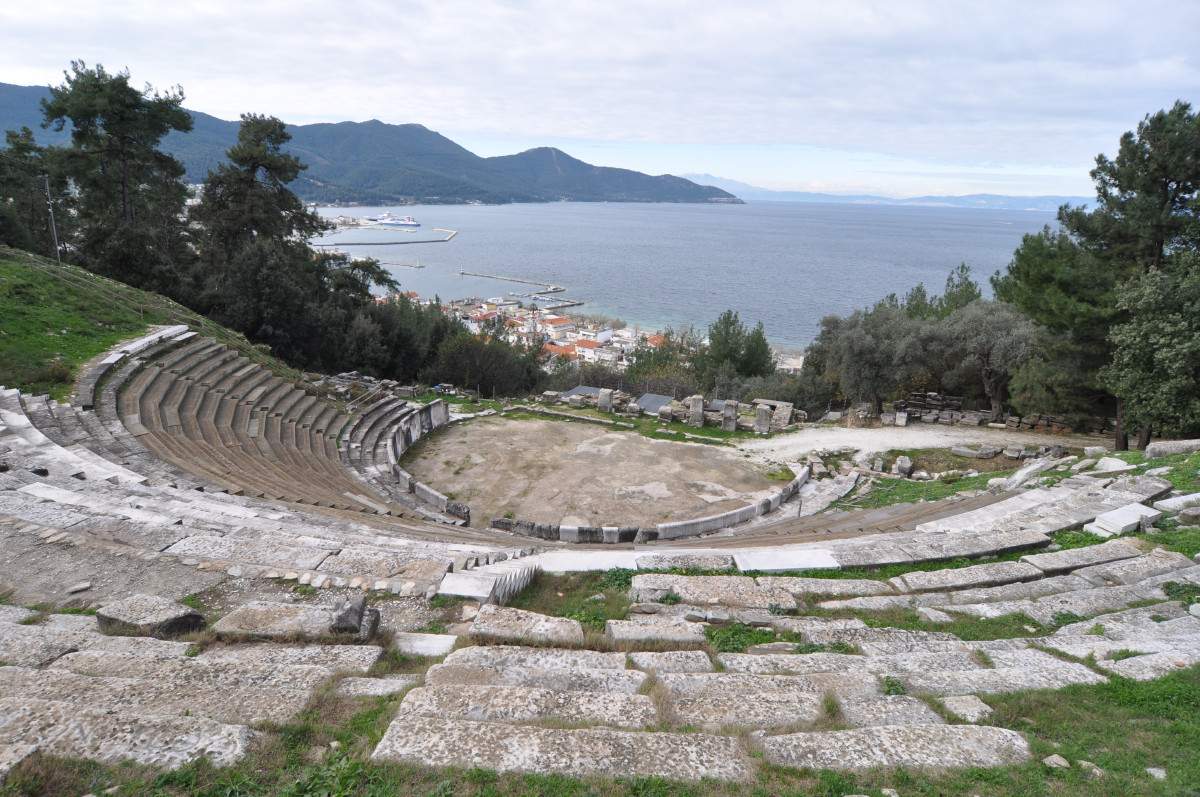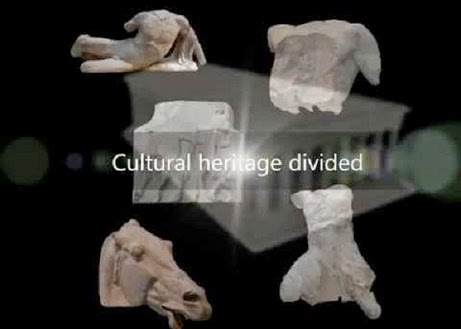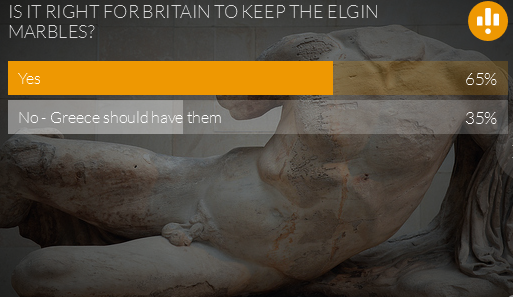Sew La Ti Embroidery:
Greece
Heritage: Byzantine bathhouse in Thessaloniki restored

Heritage: We owe Greece a cultural debt, classicists say

Heritage: Ancient theatre of Thasos restored with local marble

Southern Europe: Sotheby’s auctions clay figurines 'from Amphipolis'

Heritage: Athenian Long Walls covered with graffiti

Heritage: Minoan storage jar smashed by falling tourist

Heritage: Four arrested trying to sell priceless Minoan statuette

More Stuff: Is Greece about to lose the Parthenon Sculptures forever?

More Stuff: Telegraph: Greece has no legal claim to the Elgin Marbles

Southern Europe: Greece will not go to court over Marbles, says minister

Heritage: Replica of 'Serpent Column' to be erected at Delphi
Heritage: Amphipolis Tomb falls victim to lack of funding

Heritage: Zominthos archaeological site damaged by looters

Southern Europe: Contested 'Dorias' stele sold by Christies

